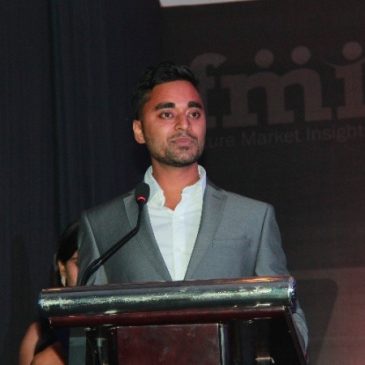The newest displays of text to image technology by DALL-E 2 and Imagen, both from OpenAI, have amazed the world. Unique, creative compilations are all created by artificial intelligence (AI). AI can understand natural language by studying countless images and texts. The systems of today can produce new images when text and pictures are combined. This allows viewers to enjoy the unique combination of two seemingly different things. An image like an oil painting can be used to convey something new or create an entirely new feeling. It’s a fresh way to begin.
Transmuting creativity
With this AI technology, users don’t have to scroll through hundreds of images to find the right content. Contrary to image searches, people create something entirely new. Something that isn’t there before, something that suits their needs, desires, and content direction. The user needs to type what they are looking for, and the AI will create photos according to the description. For example, “Please send me a photo of a VentureBeat sign in a window on Mars.” Other systems will return similar photos. The system acts as an AI designer.
This creative power increases exponentially when combined with text to create videos describing a situation or mood and incorporating virtual actors. Text + AI can create music to accompany images and videos. Already commercially available, text-to-video and music technologies have been refined. This opens up the possibility of adding new creative processes. AI could be able to draw and design images, which could lead to a shift in the roles of human designers. As AI may replace drawing skills, it will become more important to have brilliant ideas. People with fewer skills could create their products using less effort.
The new business is imaginative.
While there are many entertainment and heartwarming uses for AI that can enrich our lives, how will it impact creativity in business? It’s not about what can be done to be creative. It’s also how this technology can be used to impact the world.
In a matter of seconds, new campaigns can be launched. AI-based creativity would allow teams to react to changes in the landscape, respond to news and trends, or launch products or services in entirely new ways. These content and resources can be easily simulated in multiple languages using AI. This allows companies to reach international audiences quickly, easily, and affordably, which aids in global expansion. These are compelling reasons to invest in AI technology for artistic purposes.
Human evolution
However, the biggest question many people ask is how this technology will affect the human role. Are they needed if they don’t create the creative? They are still generating innovation, but with new tools that make it simpler and more cost-effective. Even in a world with AI systems, individuals would still be anticipated to perform higher-level tasks such as developing ideas and giving instructions. They would also have substantially additional choices. They would be responsible for constructing and defining the composition components but not having to put them together. AI tools could improve productivity and creativity as people can perform different activities more efficiently.
Probability for misuse
There is always the probability of misuse, as with any new technology. We all know that images, abhorrence speech, & misinformation are easily spread via social media. How would AI-generated content differ? However, we do have the option to regulate if necessary. One potential problem is copyright or plagiarism in an AI system used for innovative development.
Artificial intelligence’s creations can be adapted to human standards.
Our society has already reached a consensus on plagiarism in writing and composition by humans. Similar guidelines could be applied for AI to creators. If necessary, an AI-based plagiarism detector could be used to review the users’ decisions and provide clarity. The control is in the hands of humans. Content creators set the course for text, voice, video, and images.
Brands will benefit from AI for creative purposes. These vendors may be chosen based on their licensing relationships, the quality and quantity of images, the number of voice actors under contract, and the ability to combine these assets to create unique footprints. New technologies that preserve digital identities and authentic images are being rapidly developed if it does not. Every human voice and every face is made up of many thousands of different characteristics. Photos are the same. It isn’t easy to reproduce them fully without permission.
The technology industry has learned from its past mistakes to ensure the future, especially when it comes to AI. Deep-fake detection is a topic of significant research. Data scientists and researchers can also deconstruct speaker voices to determine if a single voice was used or if a mixture of multiple voices was combined through technology’s strategic and appropriate application. Researchers are also hard at work creating other preventative solutions.




